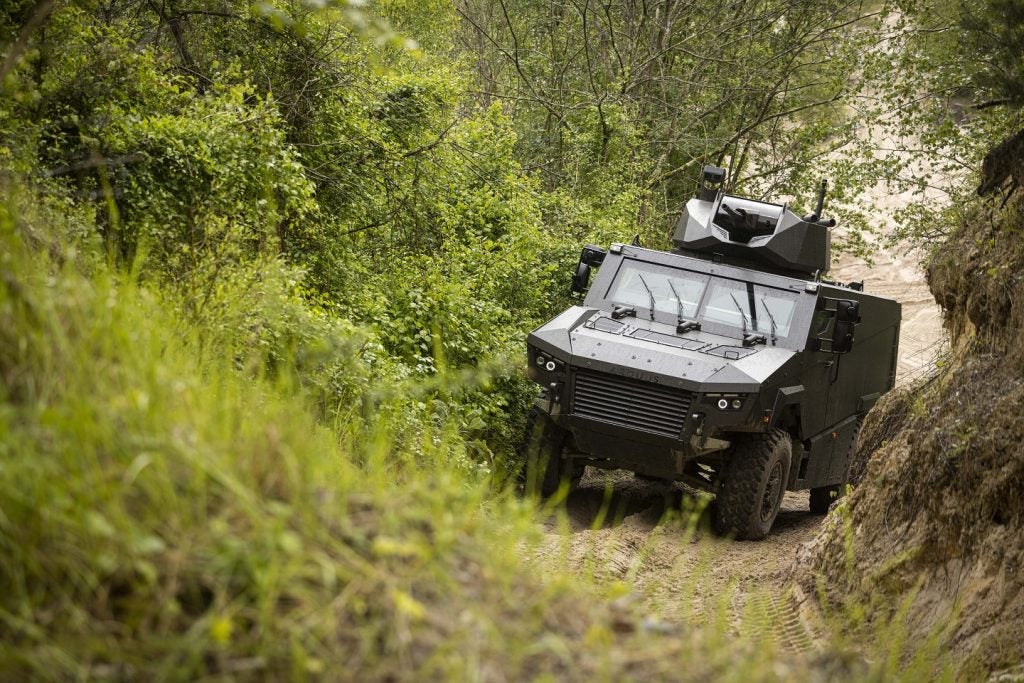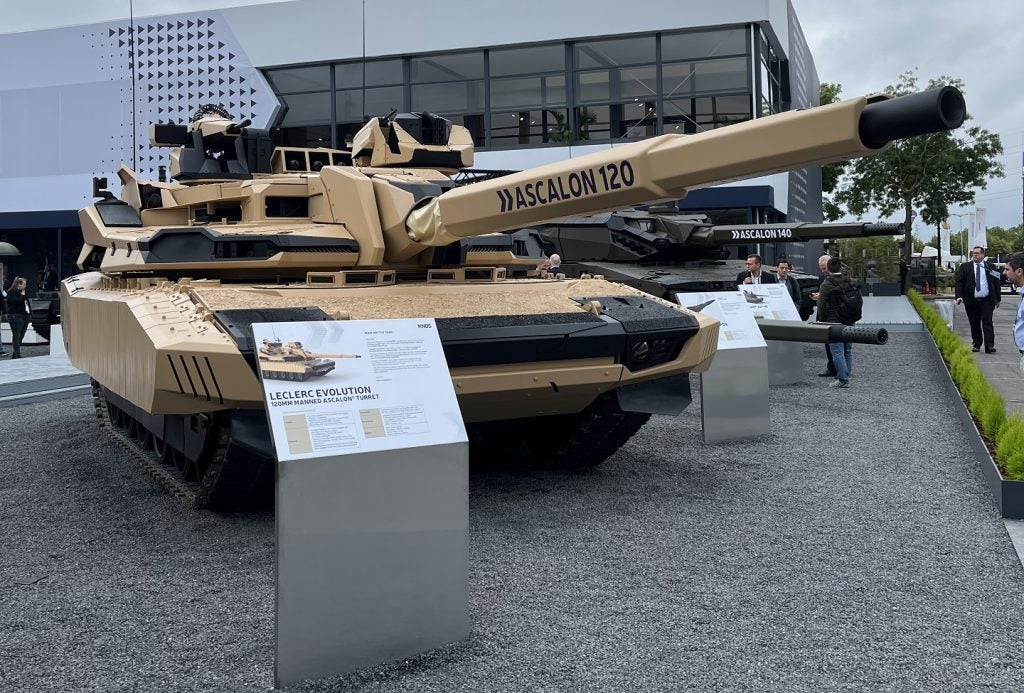
A letter of intent (LoI) was prepared for the European Long-range Strike Approach (ELSA) at a meeting of the defence ministers of the Weimar Triangle states – Germany, France and Poland – on 24 June 2024 in Paris.
ELSA is an initiative proposed by France for the joint development and procurement of advanced Deep Precision Strike (DPS) weapon systems with ranges over 1,000km. The capability has been identified as one European Allies lack but that Nato demands on a large scale.
The LoI on ELSA is to be signed by the states of the Weimar Triangle along with the UK, Spain, Italy and Sweden, and will be a put forward as a European contribution to the Nato Summit running 9-11 July.
Europe’s long-range strike requirement
The need for advanced deep-strike capabilities in Europe is a result of structural underfunding for high-intensity warfare. The Nato Defence Planning Process has identified key capability shortfalls in artillery and recommended that Allies address these shortfalls. The war in Ukraine has highlighters that long-range strike weapons are a critical component of modern defence preparations, adding operational and strategic depth to targeting and helping to shape the conditions of victory.
The outlook for shorter range missile capabilities is also limited. Fabian Hoffman, a researcher at the Oslo Nuclear Project, estimates that Europe has 3,100 – 3,300 missile systems with a range greater than 150km, that could be used to fight a local war, although this figure may be higher than the true level of currently operational systems, and it does not include Turkey’s indigenous surface-launched capabilities, which have been substantially enlarged in the last ten years.
In the aftermath of the full-scale invasion of Ukraine, various European Allies have signed new deals for the procurement of long-range strike capabilities, including an announcement from the French Directorate General of Armament (DGA) to acquire at least 13 systems by 2030.
Netherlands’ commitment to addressing the gap in long-range strike capabilities has become clear with the approval in February from the US State Department foe the foreign military sale of 120 AGM-158B/B-2 Joint Air-to-Surface Standoff Missile-Extended Range (JASSM-ER) air-launched cruise missiles (ALCMs). With a 1,000km range, these armaments offer an air-launched capability for the role.
The decision by Netherlands to purchase Lockheed Martin’s JASSM is likely motivated but the lack of a European alternative. International Institute of Strategic Studies research Associate Timothy Wright points out that while Europe companies have developed several other options for air launched cruise missiles, including the German–Swedish Taurus KEPD-350 and the Franco-British SCALP EG/Storm Shadow, these systems have not been manufactured at scale for some time.
Motivators behind a European security architecture
President Macron of France called on European Allies to enhance their deep strike capabilities in a speech to the Sorbonne on 25 April, stressing the need to fulfil the objectives of Nato’s Strategic Compass. This is inline with Macron’s long-standing view to build a new European security architecture, and links to his new European defence initiative. Since the invasion of Ukraine, Macron has insisted that only a credible European defence can allow for possible “neighbourly relations” with Russia in the future.
Collaboration between Germany and France on projects funded by the European Commission is ongoing on Future Indirect fiRes European Solutions (FIRES) and European COmmon LOng Range indirect Fire Support System (E-COLORSS), although this strategic proximity between France and Germany have come under criticism for breeding a relationship in which France is overly dependent on Germany. Advocates for a stronger industrial policy within France have recommended the nation seek ties with other European nations.








